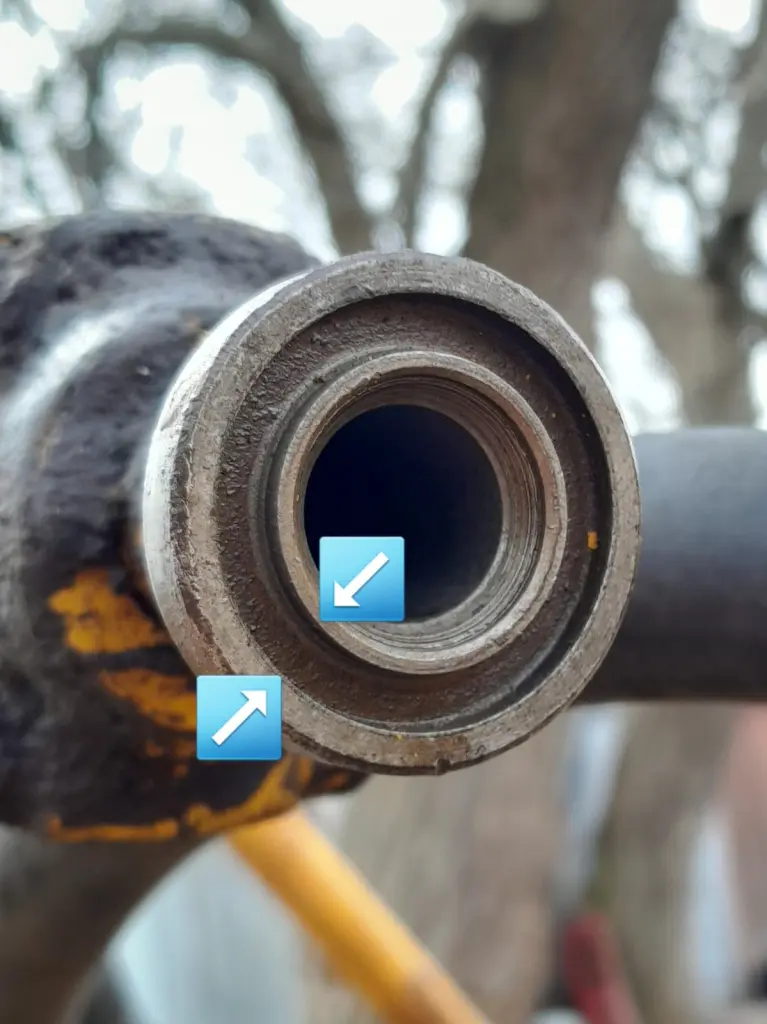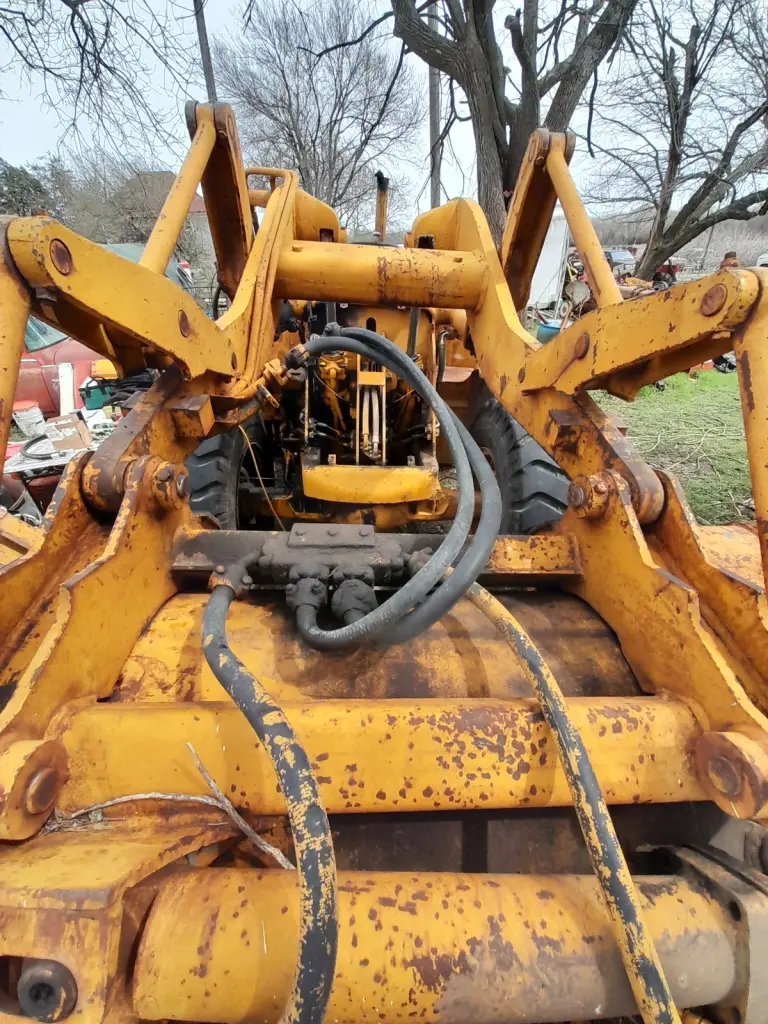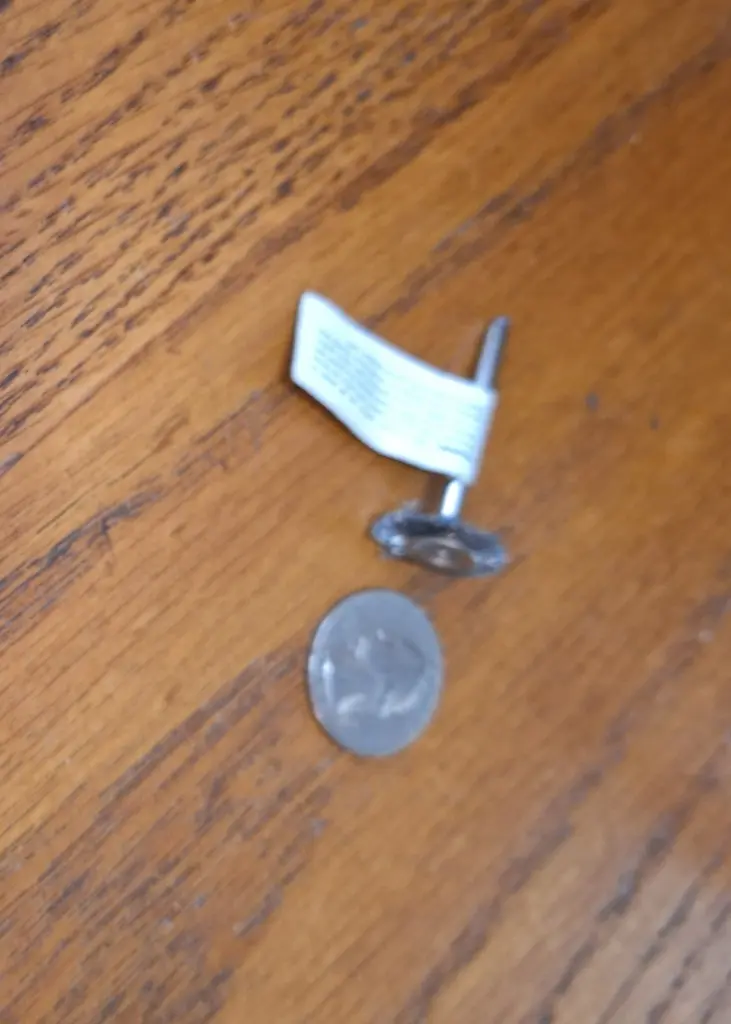

Several things I would suggest -
Do attempt to clean as much as you can, even with a hand wire brush, but be very cautious about damaging the surface that mates to the mountng block. These clearances must remain square between the two halves.
1. "O" rings come in various thickness and composition, be sure to use the correct ones.
2. Mating surfaces must have clean and square fit.
3. Tighten evenly.
I operated a SnowBlast Rotary Snow Plow, Hydraulic motor that ran upwards of 4000 psi. Blowing "O" rings was a problem until we figured out the clamping halves were not putting proper pressure on the hose to block, thus not properly compressing the "o" ring. Clearance is critical, especially when running such high pressures and volumes.
Someone else will chime in and offer more suggestions too.
In my opinion, no rubber "o" ring will support high pressures without the proper tight clearances to support it.
CTS
I use my hand held wire wheel and get inside the grooves as best I can. My personal experience has taught me to use only the heavy duty O rings Buna? from the dealer or a hydraulic shop. Do not use one from a generic kit, unless you really have to. JM

[quote="James Lucas post=255678 userid=17716"]What do you do when you encounter a rusty or corroded o-ring groove sealing surface like the one pictured (attached)? Try to cram sand paper or brillo pad or Scotch Brite into the groove and move it around? Apply a sealant/gasket maker before the o-ring? Try to find a new fitting? Any advice appreciated.
I'm working on some hydraulic fluid leaks on our old ('65-ish) 922B wheel loader.
Thanks![/quote]
That flange didn't use an O-ring it used a metal back seal.
Since hard back seals aren't available now you need to get a D-ring seal like Cat flange fittings use.
I drought that loader hyds go over 2000 PSI.
That old type hose and fittings are not for very high pressure so inspect then carefully.
Bob
"i reject your reality and substitute my own" - adam savage. i suspect my final words maybe "well shit, that didnt work"
instead of perfection some times we just have to accept practicality